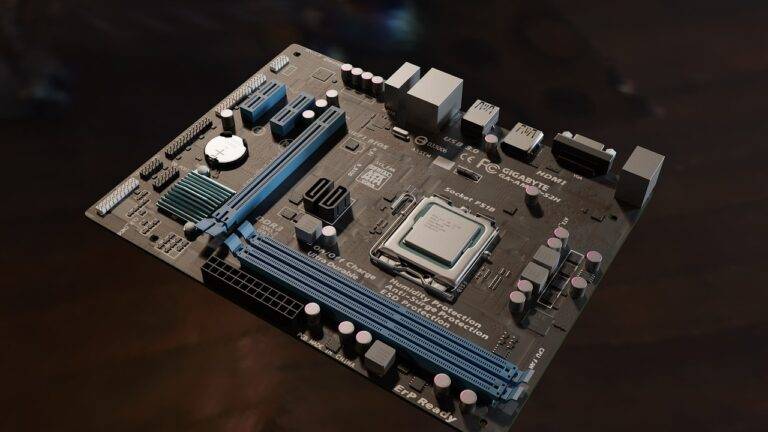Tech in Sports: The Rise of Performance Analytics
Technology has revolutionized every aspect of our lives, including the world of sports. In recent years, the use of performance analytics in sports has seen a significant rise, providing coaches, athletes, and fans with valuable insights that were previously unimaginable. This article will explore the impact of technology on sports, specifically focusing on the rise of performance analytics and its implications for the future of sports.
What is Performance Analytics?
Performance analytics in sports involves the collection, analysis, and interpretation of data to improve athletic performance. This data can encompass a wide range of metrics, including player movements, heart rate, acceleration, and more. By utilizing cutting-edge technology such as wearables, GPS trackers, and motion sensors, teams and athletes can gather real-time data to optimize training sessions, improve performance, and prevent injuries.
The Role of Technology in Sports
Advancements in technology have transformed the world of sports in numerous ways. From instant replay systems to video analysis tools, technology has become an integral part of modern sports. One of the most significant advancements in recent years has been the use of performance analytics to drive performance improvements and enhance decision-making.
Benefits of Performance Analytics
The use of performance analytics in sports offers a wide range of benefits for athletes, coaches, and teams. Some of the key advantages include:
- Enhanced performance: By tracking key performance metrics, athletes can identify areas for improvement and make data-driven decisions to enhance their skills.
- Prevention of injuries: By monitoring workload and physical exertion, teams can detect potential injury risks and adjust training programs accordingly to prevent injuries.
- Improved decision-making: Coaches can use data analytics to make informed decisions on game strategies, player substitutions, and tactical adjustments.
- Fan engagement: Performance analytics can provide fans with enhanced insights into the game, allowing them to better understand player performances and team dynamics.
Case Studies in Performance Analytics
Several sports organizations have embraced performance analytics to gain a competitive edge and enhance player performance. One notable example is the use of wearable technology in professional soccer. Teams such as FC Barcelona and Manchester City have implemented GPS tracking devices to monitor player movements, distances covered, and speeds during training sessions and matches. This data helps coaches optimize player performance and prevent injuries.
Another example is the use of player tracking systems in the NBA. Teams like the Golden State Warriors and the Toronto Raptors use advanced cameras to collect spatial data on player movements, shot trajectories, and defensive positioning. This data allows coaches to analyze player performance, develop game strategies, and make informed decisions during games.
The Future of Performance Analytics
As technology continues to evolve, the future of performance analytics in sports looks promising. With the advent of artificial intelligence and machine learning, teams and athletes can expect more advanced analytics tools that provide deeper insights into performance trends and patterns. Additionally, the integration of virtual and augmented reality technologies can revolutionize training methods and enhance player development.
Conclusion
The rise of performance analytics in sports has transformed the way athletes train, compete, and strategize. By leveraging technology and data analytics, teams and athletes can optimize performance, prevent injuries, and enhance decision-making. As technology continues to advance, the future of sports looks brighter than ever, with performance analytics playing a pivotal role in driving success and innovation.
FAQs
What is performance analytics in sports?
Performance analytics in sports involves the collection, analysis, and interpretation of data to improve athletic performance.
How can performance analytics benefit athletes and teams?
Performance analytics can enhance performance, prevent injuries, improve decision-making, and increase fan engagement.
What are some examples of performance analytics in sports?
Examples include GPS tracking devices in soccer, player tracking systems in basketball, and wearable technology in various sports.
What does the future hold for performance analytics in sports?
The future of performance analytics in sports looks promising, with advancements in artificial intelligence, machine learning, and virtual/augmented reality technologies.





